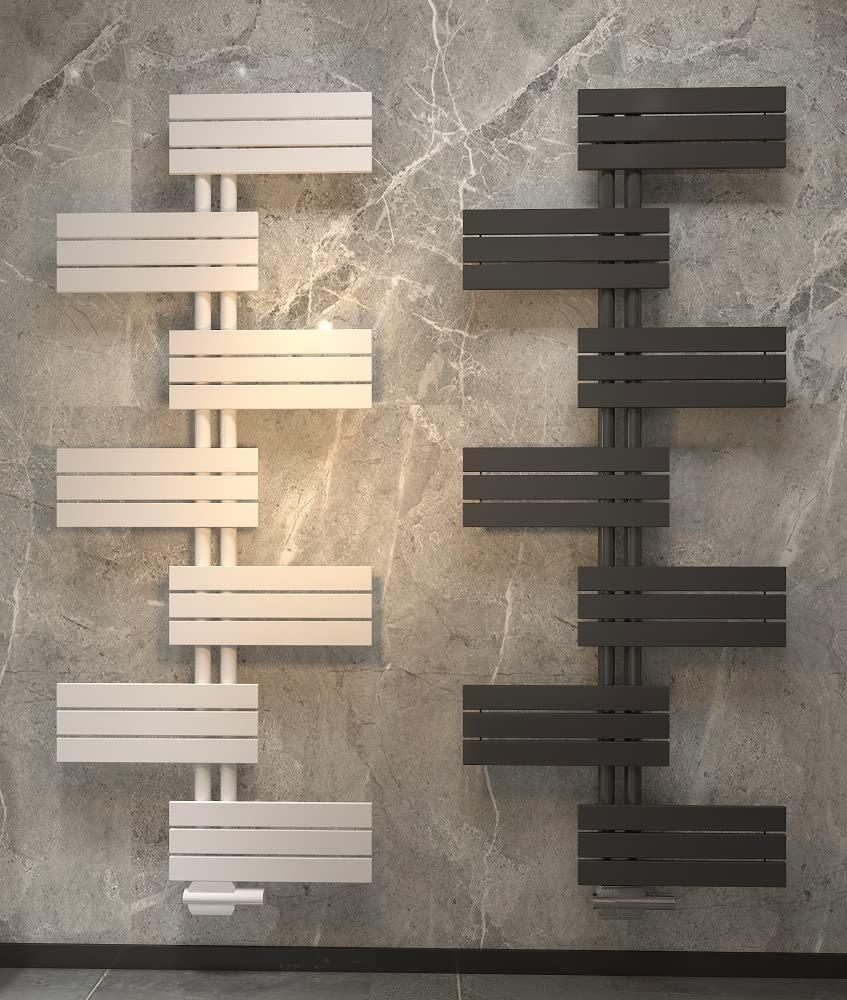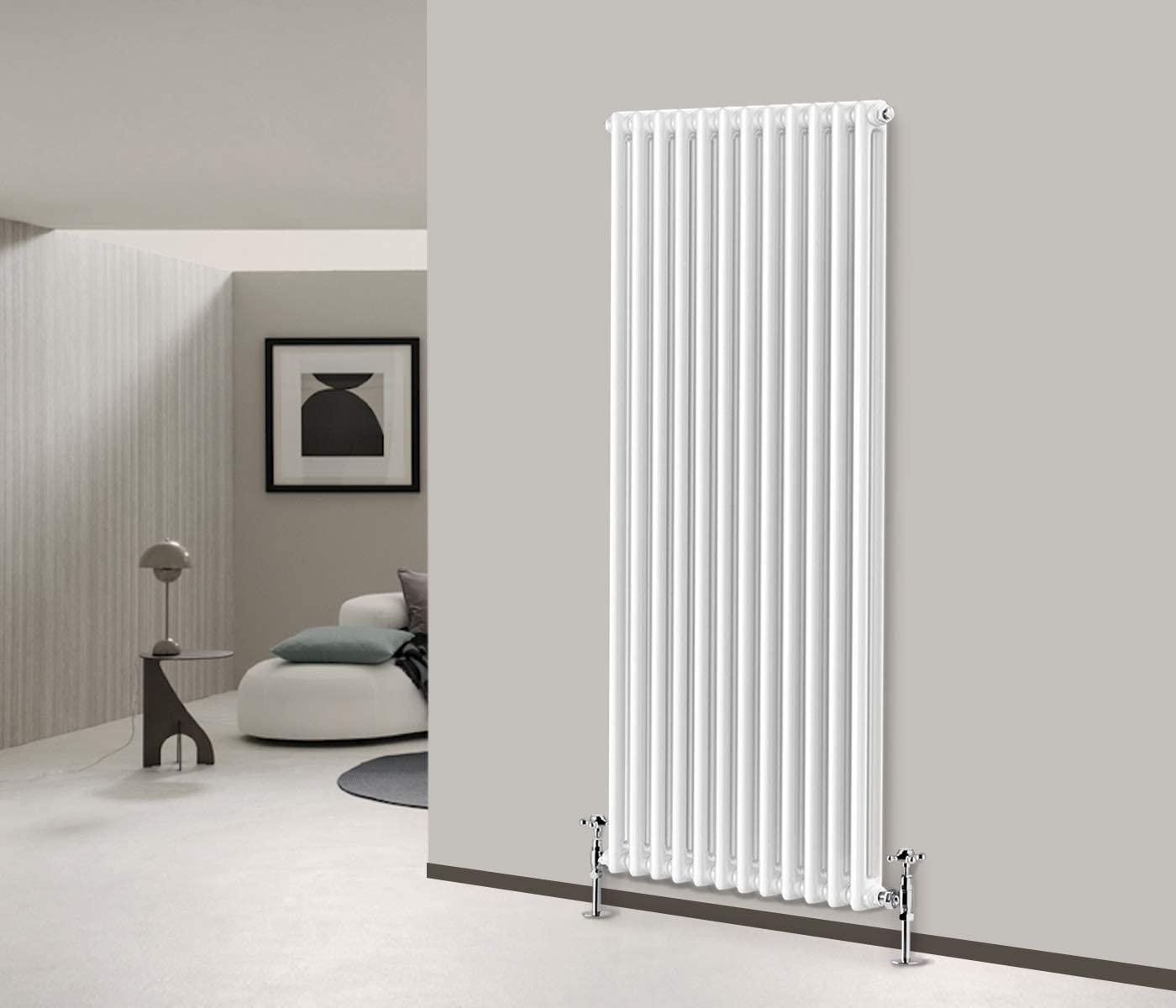The installation method and 5 elements of the radiator!
Click:257 / Publish:2022-11-19 09:53
If the radiator is to be used without failure and the use time is long, this part of the radiator installation must be paid attention to. The editor of the steel radiator will tell you about the installation method and several elements of the radiator.

Open pipe installation method: The position of the circuit should be determined for the exposed radiator and the circuit should be avoided during construction, because the radiator may involve construction such as drilling holes in the wall. If the position of the circuit cannot be determined, problems may occur. After the exposed pipes are installed, the radiator can be installed in the vacated joint pipes, and there is no need to reserve them.
Concealed pipe installation method: If the concealed installation method is adopted, the floor or wall must be grooved. Combined with the actual situation, the construction personnel can also set the depth and width of the groove, and clean up the garbage in the groove to ensure a clean construction environment. In addition, the construction personnel should lay branch pipes for protection according to the positioning of the radiators.
When installing the radiator, pay attention to its smoothness, connect the valve connector with the inlet and outlet valves, and use a pipe wrench to tighten the connector. When installing a wall-hung boiler, there should be no open wires and electrical equipment above it, and explosives and other volatile dangerous goods should also be avoided.
There are five main elements required for radiator installation
First, do not install in an unreasonable location. Radiators are usually installed under the window sill, which not only increases the utilization rate of the room, but also helps the indoor air to generate convection, maintain a balanced room temperature, and heat the air coming in through the window to prevent the cold in the room. In terms of aesthetics, space and heat exchange, under the window sill is a good location. The selection of the installation location of the radiator can follow the two principles of low but not high and priority under the window.
The principle of low should not be high. According to the principle of air, the hot air rises and the cold air sinks. The higher the radiator is installed, the greater the heat loss. The principle of priority under the window. The installation position of the radiator is placed under the window, one is to not affect the placement of furniture, and the other is to effectively block the discomfort caused by the entry of cold air. However, the specific installation location should also consider the interior layout, and communicate with the HVAC designer to choose the best location.

Second, don't let the radiator get surrounded. The common situation that the radiator is blocked or surrounded is to add a radiator, or use sofas and furniture to hide the radiator, which will affect the heat dissipation effect of the radiator, which is not advisable.
Third, the large heating can not be supported. When choosing a radiator, in order to make it warmer and coordinate the decoration effect, a long and large radiator will be selected. During the installation process, it must be supported. Irregular installation will leave a safety hazard for later use.
Fourth, do not choose low-quality accessories. It is also important to choose original or reliable basic accessories when installing the radiator. Low-quality accessories often increase the risk of system stability and even cause water leakage.
Fifth, it is necessary to suppress the heating according to the regulations. It is also necessary to complete the safety and airtightness acceptance of the radiator installation. After the installation is completed, a water injection pressure test should be carried out to ensure that there are no leaks. After the pressure test, a pressure gauge should be installed at the end to keep the pressure to 0.4Mpa. After the pressure test of the pipeline is completed, the insulation operation of the pipeline should be done well to eliminate the possible risks in the later operation of the system.



